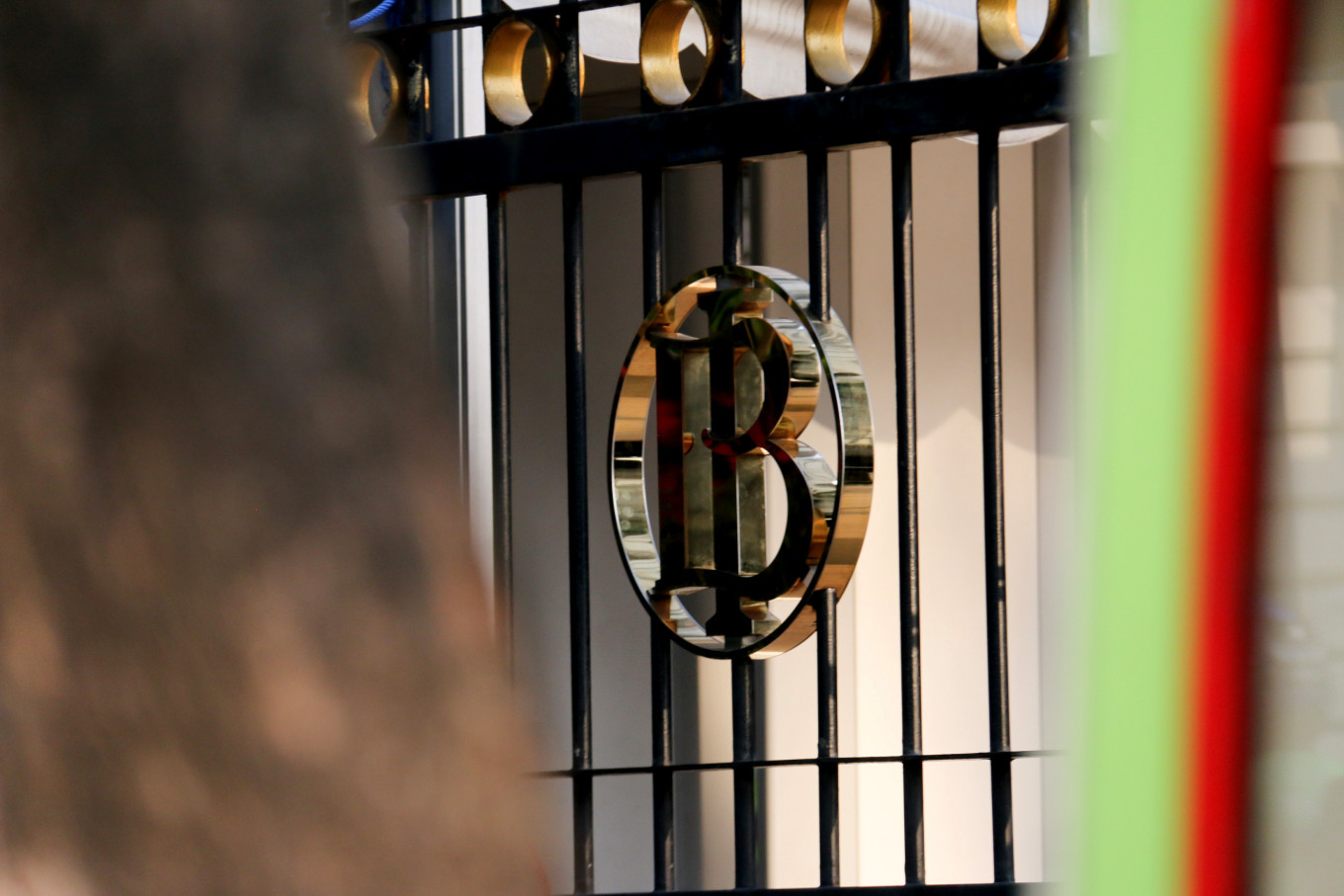Popular Reads
Top Results
Can't find what you're looking for?
View all search resultsPopular Reads
Top Results
Can't find what you're looking for?
View all search resultsMonetary easing continues as BI lowers bank reserve requirement
The new policy, which will be effective as of Jan. 2, 2020, will free up Rp 26 trillion (US$1.8 billion) of bank liquidity so that lenders can boost loan disbursement in the future.
Change text size
Gift Premium Articles
to Anyone
B
ank Indonesia (BI) has held its benchmark rate after four consecutive cuts, but it is continuing its monetary easing by relaxing bank reserve requirements, which is expected to add US$1.8 billion to bank liquidity to encourage more lending and spur economic activity.
BI kept the so-called seven-day reverse repo rate at 5 percent on Thursday, having cut the benchmark rate by 100 basis points (bps) since July to boost growth amid rising global risks.
“Monetary policy remains accommodative and is consistent with controlling inflation in the target corridor, maintaining external stability, as well as efforts to sustain domestic economic growth momentum against a backdrop of global economic moderation,” the board of governors’ statement reads.
Although Indonesia’s economic growth dropped to the lowest level in more than two years in the third quarter of this year to 5.02 percent, BI Governor Perry Warjiyo said the country’s economy was still sound as consumer spending was still growing as a result of strong spending among lower-income consumers, thanks to the government’s social aid disbursement.
The central bank, however, is continuing to ease its monetary policy to support the economy by lowering banks’ primary reserve requirement (GWM), which is the minimum amount of bank liquidity held at the central bank. The GWM for rupiah was cut by 50 bps to 5.5 percent for conventional banks and 4 percent for sharia banks.
Perry said the new policy, which will be effective as of Jan. 2, 2020, will free up Rp 26 trillion (US$1.8 billion) of bank liquidity so that lenders can boost loan disbursement in the future. The effect will be seen in banks’ increased liquidity in the first quarter of next year, which will translate into fiscal expansion and greater loan demand in the second quarter, he added.
“This is part of our forward-looking and preemptive measures to anticipate the tightening liquidity in the first quarter and also to support the banks so they won’t have to worry about liquidity when they disburse more loans in the second quarter,” said Perry.


















